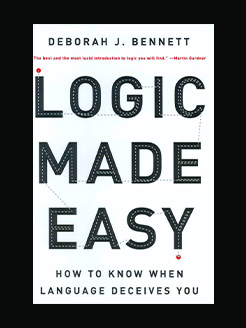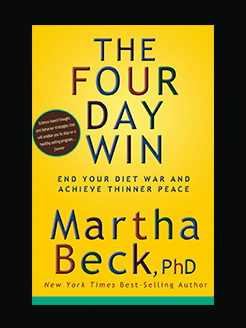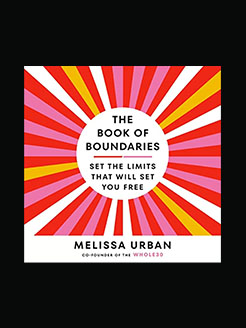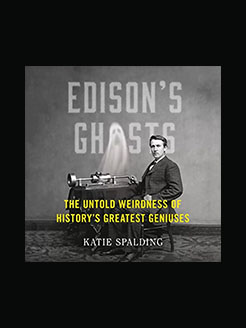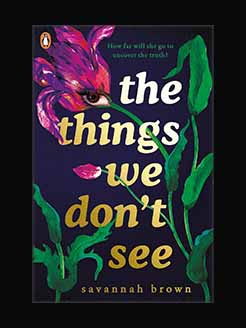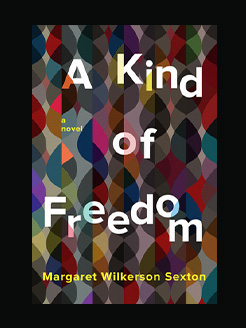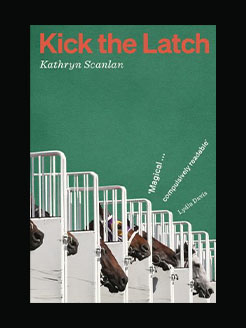Published in 2007 (first published in 2003)
112 pages
Maggie Nelson is a poet, critic, scholar, and nonfiction writer. In 2016 she was received a MacArthur “genius” grant. She is the author of five books of nonfiction, including The Argonauts (2015), which won the National Book Critics Circle Award in criticism and was a New York Times bestseller; a landmark work of cultural, art, and literary criticism titled The Art of Cruelty: A Reckoning (2011), which was featured on the front cover of the New York Times Book Review and named a New York Times Notable Book of the Year; the cult classic Bluets (2009), which was named by Bookforum as one of the 10 best books of the past 20 years; a memoir about her family, media spectacle, and sexual violence titled The Red Parts (originally published in 2007, reissued in 2016); and a critical study of painting and poetry titled Women, the New York School, and Other True Abstractions (2007; winner, the Susanne M. Glassock Award for Interdisciplinary Scholarship). Her books of poetry include Something Bright, Then Holes (2007), Jane: A Murder (2005; finalist, the PEN/Martha Albrand Award for the Art of the Memoir), The Latest Winter (2003), and Shiner ( 2001). She has been the recipient of a 2012 Creative Capital Literature Fellowship, a 2010 Guggenheim Fellowship in Nonfiction, an NEA Fellowship in Poetry, and an Andy Warhol Foundation/Creative Capital Arts Writers Grant. She lives in Los Angeles.
What is this book about?
Maggie Nelson’s fourth collection of poems combines a wanderer’s attention to landscape with a deeply personal exploration of desire, heartbreak, resilience, accident, and flux. Something Bright, Then Holes explores the problem of losing then recovering sight and insight — of feeling lost, then found, then lost again. The book’s three sections range widely, and include a long sequence of Niedecker-esque meditations written at the shore of a polluted urban canal, a harrowing long poem written at a friend’s hospital bedside, and a series of unsparing, crystalline lyrics honoring the conjoined forces of love and sorrow. Whatever the style, the poems are linked by Nelson’s singular poetic voice, as sly and exacting as it is raw. The collection is a testament to Nelson’s steadfast commitment to chart the facts of feeling, whatever they are, and at whatever the cost.
